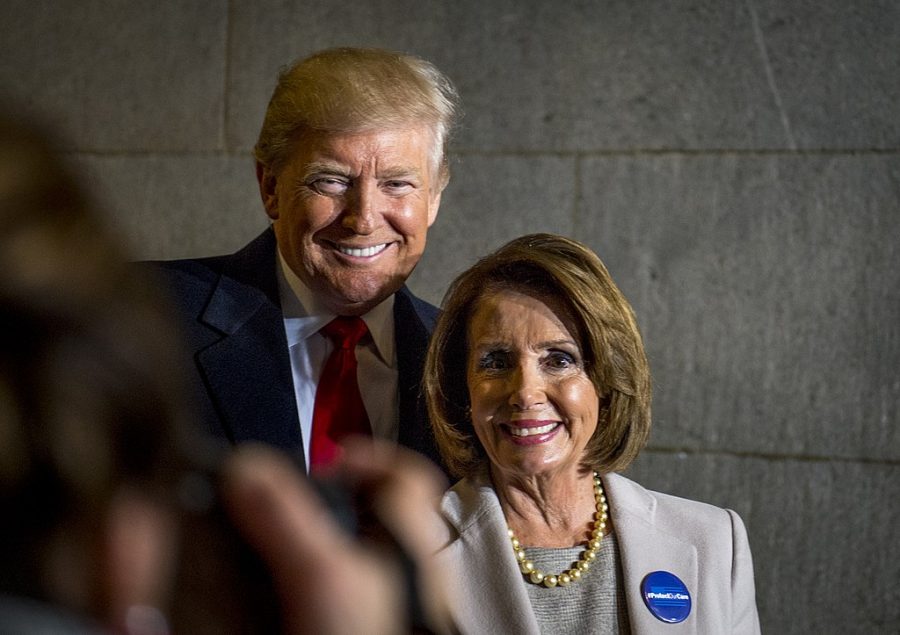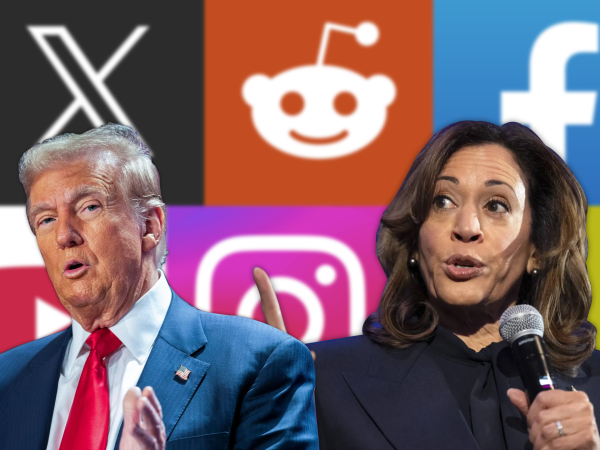The Impeachment of the Century
On December 18, 2019, President Donald Trump became the third president to be impeached. After six hours of debate in the House which was split evenly between Republicans and Democrats, the vote was held. The first article of impeachment, accusing Trump of abuse of power, passed with 230 voting yes and 197 voting no. The second article accusing Trump of obstruction of Congress also passed, with 229 voting yes and 198 voting no.
Three months earlier, on August 12, 2019, a whistleblower (a person who informs on a person or group engaged in illegal activity) filed a complaint to the House and Senate intelligence committees, accusing President Trump of abusing the office of the presidency. The story broke to the public on September, 20th, when the “Wall Street Journal” published an article accusing Donald Trump of pressuring the president of Ukraine to investigate Joe Biden’s son.
Four days later, Nancy Pelosi, Democrat House Majority leader, decided to start the formal impeachment process against the president. First, the various committees connected to the affair, including the House Oversight and Foreign affairs committees, heard closed-door depositions (giving sworn evidence) from key witnesses.
The inquiry moved to the House Intelligence Committee, chaired by Democrat Adam Schiff, where public hearings were held. Some of the notable witnesses included former Ambassador to Ukraine, Marie Yovanovitch, and Ambassador to the EU, Gordon Sondland.
Gordon Sondland believed that a quid pro quo, or a favor given in return for something, had occurred between President Trump and Ukrainian President, Volodymyr Zelensky. While Marie Yovanovitch testified about her time in Ukraine, opposing the claim that politicians in Ukraine had been working against Trump.
From there, the inquiry went to the House Judiciary Committee, chaired by Democrat, Jerry Nadler of New York. In order to find out if President Trump actually committed an impeachable offense, the committee of 24 Democrats and 17 Republicans invited four Congressional scholars.
The Democrats invited three scholars, Noah Feldman, a professor at Harvard, Michale J. Gerhardt, a professor at the University of North Carolina, and Pamala S. Karlan, a Stanford law professor. The Republicans invited Jonathan Turley, a law professor at George Washington University.
The three scholars invited by the Democrats all agreed that what Trump did is an impeachable offense. Mr. Turley felt that the president should not be impeached because there was not enough evidence. However, he said “a quid pro quo to force the investigation of a political rival in exchange for military aid can be impeachable if proven.”
On December 5th, Nancy Pelosi announced that the House Judiciary Committee had drawn up two articles of impeachment saying, “The president leaves us no choice but to act because he is trying to corrupt, once again, the election for his own benefit.”
Eight days later the House Judiciary Committee voted yes on two articles of impeachment against President Trump. He is accused of obstructing Congress and abusing the power of his office.
The impeachment process has been an intense topic of debate all over America. Compared to previous impeachments this one is hyper-partisan. The articles of impeachment were pushed through the Judiciary Committee by Democrats without any Republican support.
Will Margeson, a Sophomore at Portsmouth High School was asked for his opinion on the impeachment. When asked if he felt like the impeachment process was a seizure of power or defense of democratic institutions by the Democrats Margeson dictated, “They are defending our democratic institutions because he very clearly said a quid pro quo. They asked him, we need that money for military defense(Ukraine), he said I want a favor, that implies an exchanging of goods.”
Sources:
Picture:







